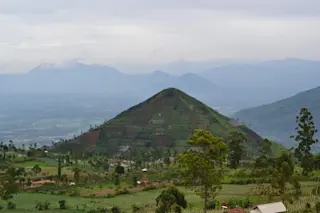An excavation team works at an archaeological site in the "forest islands" of Bolivia, where scientists have found new insights into the complexities of the people who lived in the region as much as 10,000 years ago. (Credit: José Capriles/PSU) Charred earth, shells, bones and human burials found in mounds on a plain in northern Bolivia are offering scientists new clues about the earliest known inhabitants of the southwestern Amazon. The remains, excavated from raised areas known as “forest islands” on the Llanos de Moxos, an extensive savanna, show the area was inhabited between 10,600 and 4,000 years ago, according to new study published Wednesday in the journal Science Advances. “In the late Holocene, about 2,500 years ago, fairly complex societies began to develop that practiced intensive agriculture and created important settlements, but we didn’t know much about their origin,” says Bolivian archaeologist José Capriles, an assistant professor at Pennsylvania ...
Burials in Bolivia's 'Forest Islands' Offer Insights Into Early South Americans
Discover the intriguing archaeological site in Bolivia that sheds light on ancient hunter-gatherers thriving in the Amazon's savanna.
More on Discover
Stay Curious
SubscribeTo The Magazine
Save up to 40% off the cover price when you subscribe to Discover magazine.
Subscribe













